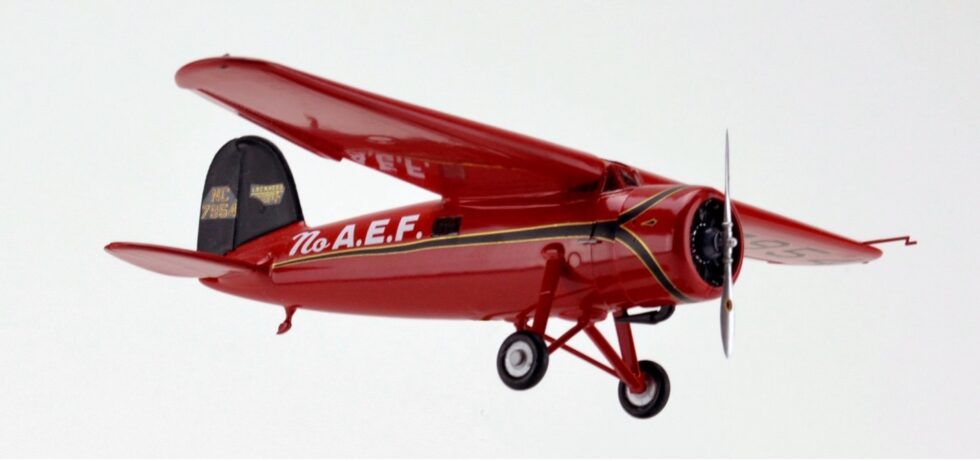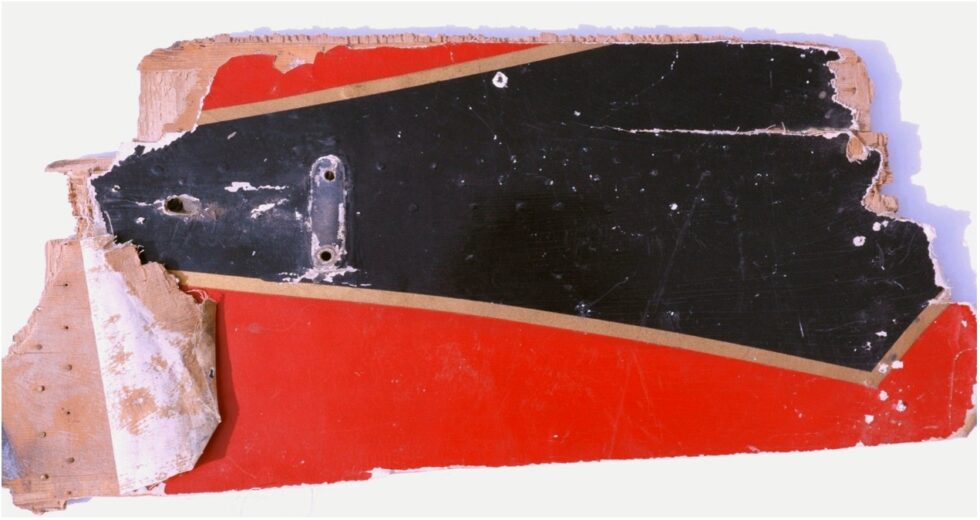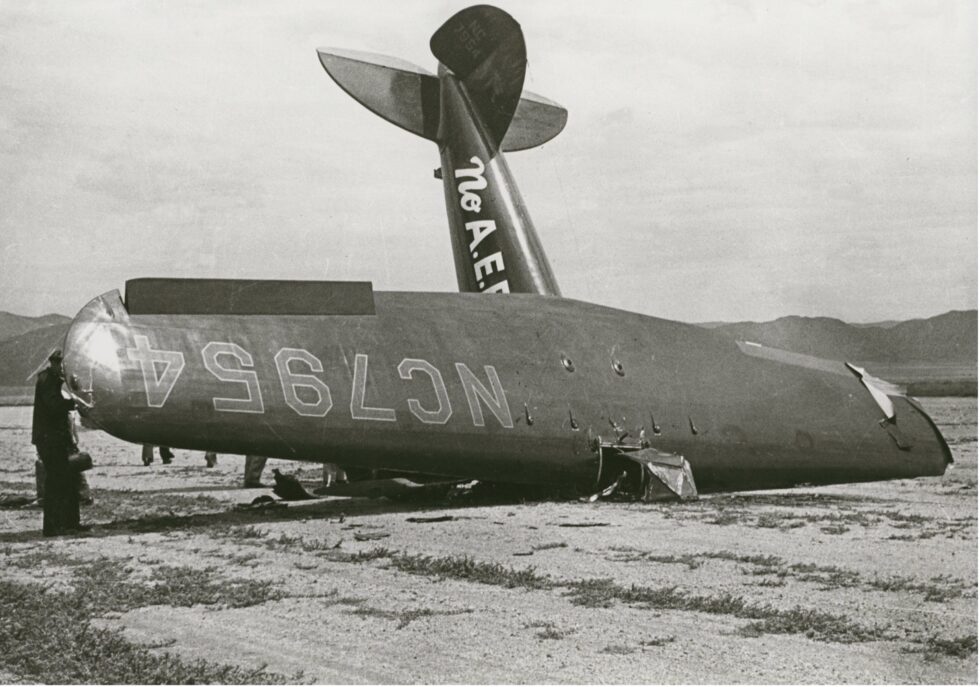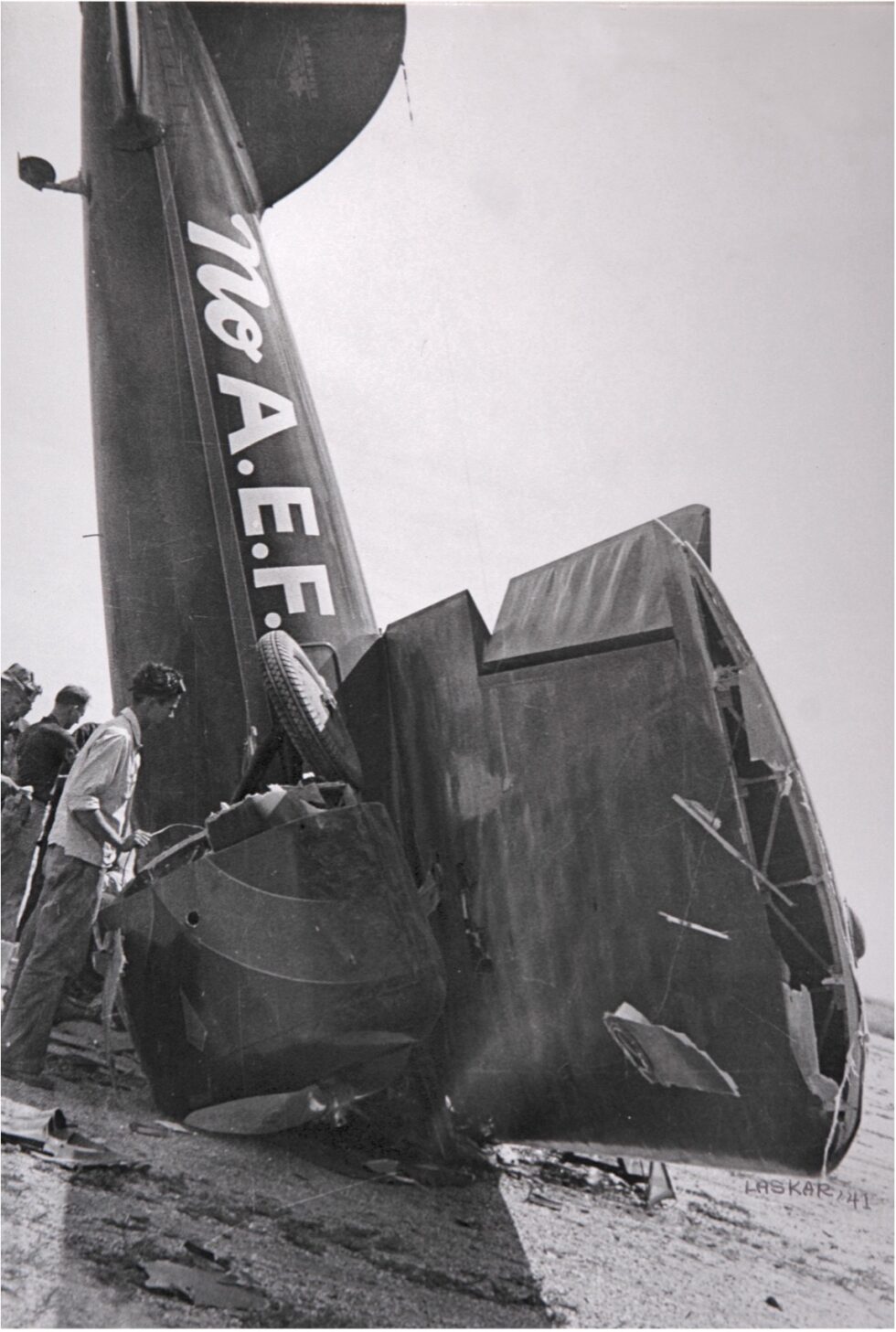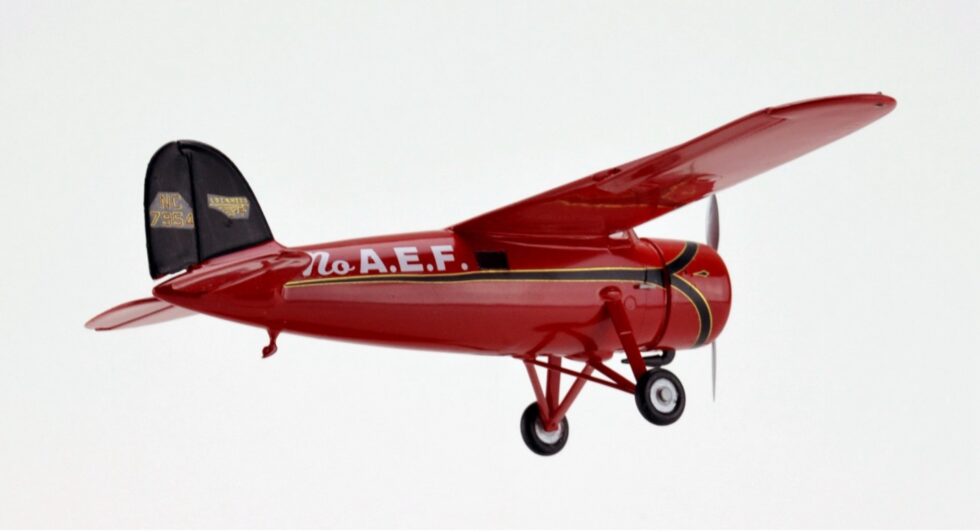Laura Ingalls Lockheed Vega 5C No AEF
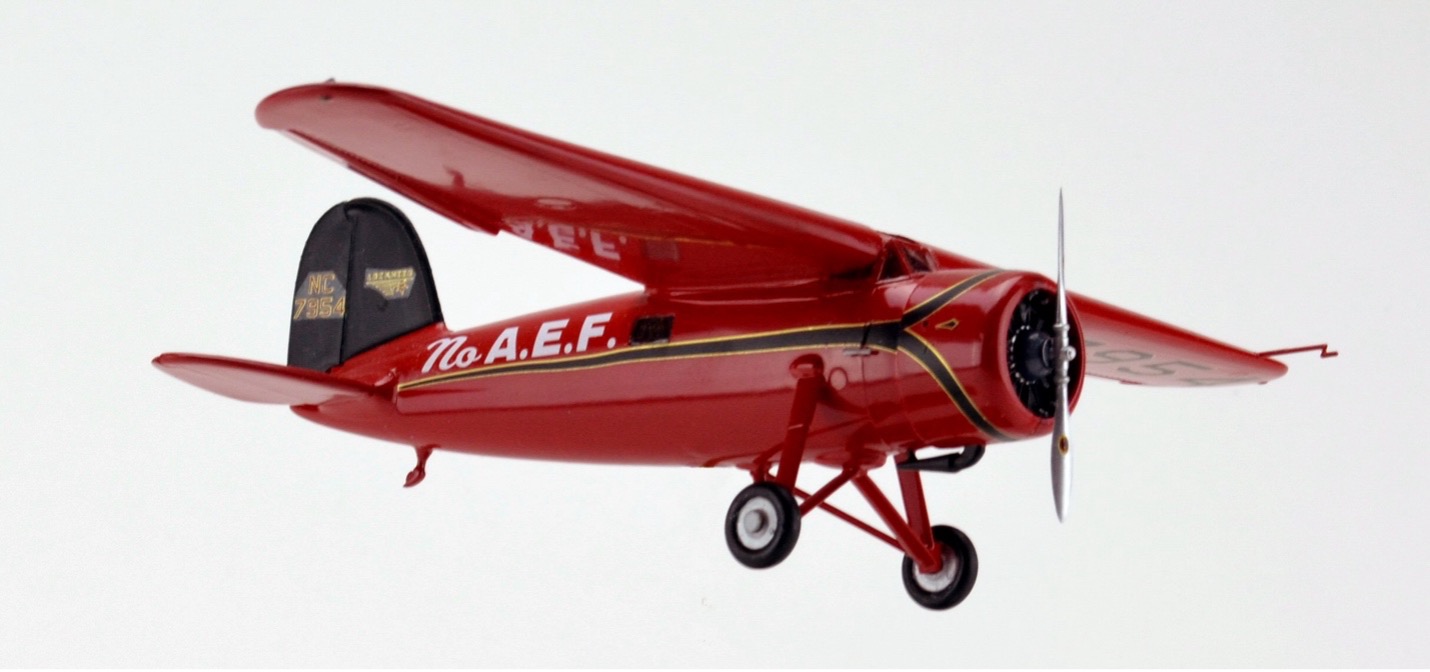
MODEL BY:
L. Neiderman
Model Scale:
1/48
MODEL ADDED:
03/14/2009
historical significance
First Albuquerque Visit: 1941
Additional Information:
The Lockheed Vega is an American five- to seven-seat high-wing monoplane airliner built by the Lockheed Corporation starting in 1927. It became famous for its use by a number of record-breaking pilots who were attracted to its high speed and long range. The Vega 5C was a seven-seat cabin monoplane with revised tail surfaces and was built for higher gross weight operations.
Laura Houghtaling Ingalls (December 14, 1893 – January 10, 1967) was a controversial American pilot who won the Harmon Trophy in 1934. She first learned about aviation in 1928 at Roosevelt Field near Mineola, New York, and then continued her education at Parks Air College in St. Louis. By 1930 she was setting records in acrobatic flying.
Laura Ingalls was an advocate of the US staying out of WWII and was on a cross-country campaign to promote our staying out of the war and had the slogan: “No A. E. F.” short for “No American Expeditionary Force”, painted on the fuselage responding to the US forces that were sent to Europe in support of WWI decades earlier. The aircraft was the original “Winnie Mae” that was once owned by Wiley Post. Post sold the plane to fellow aviator Art Goebel. Goebel raced the plane before Ingalls acquired it. Post later acquire another Vega and painted in the “Winnie Mae” markings along with his original registration NC number.
Laura Ingalls crashed her Lockheed 5C Vega, NR-7954, upon landing at Albuquerque’s Oxnard Field August 11, 1941. Laura was pulled from the wreckage by local resident Bill Laskar. Laskar was working at the Albuquerque Airport at the time. He also saved a few items from the wreckage and took photos of the crash. His photos got national news coverage at the time. The aircrafts engine and instruments were salvaged soon after the crash. The carcass of the fuselage remained behind the hanger at Oxnard Field until the airport was sold to the US Army in 1942. The wreckage then disappeared.
Some of the pieces of Ingall’s aircraft that Bill Laskar salvaged from the wreckage are shown.
GALLERY:
SEARCH OUR DATABASE:

